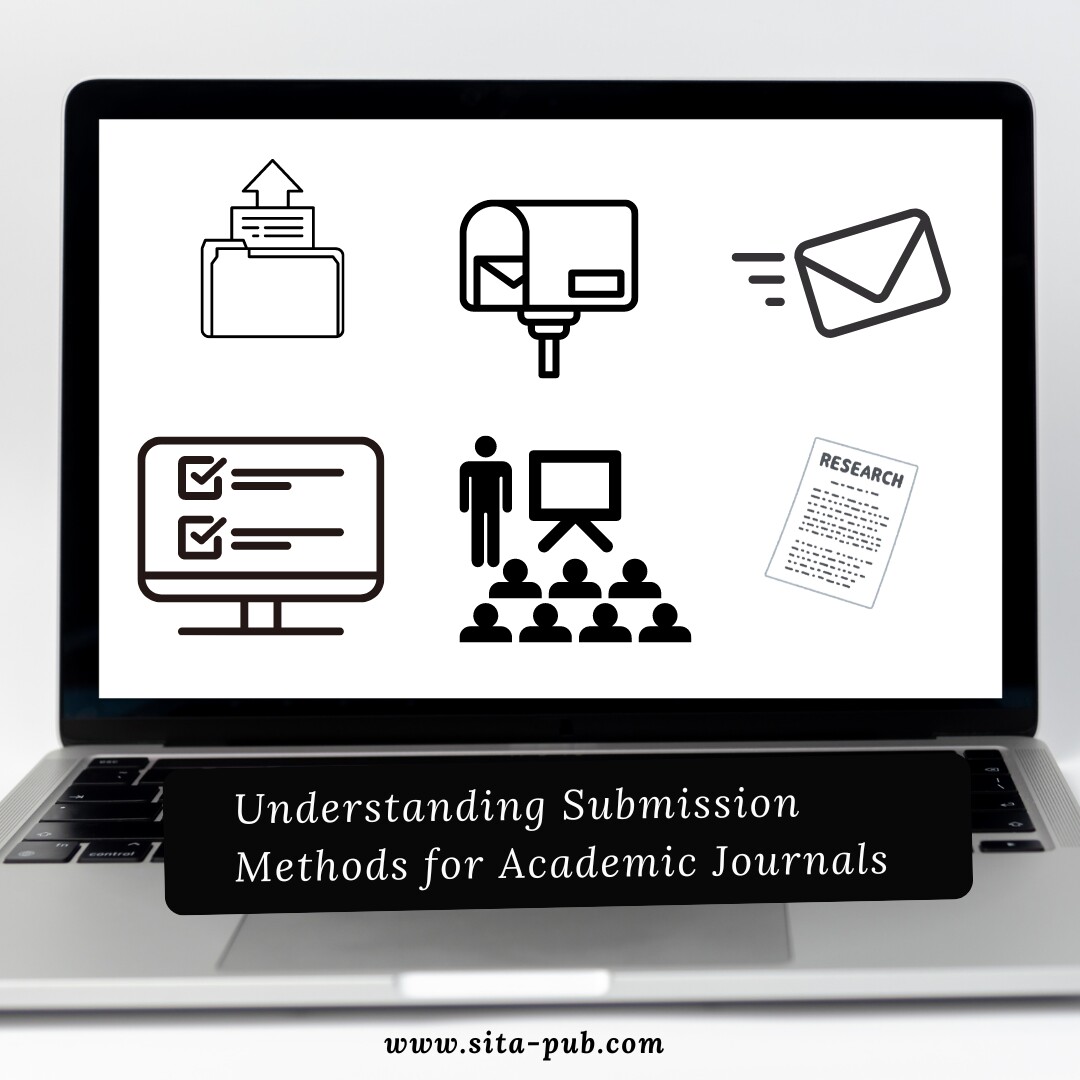Understanding Submission Methods for Academic Journals


Publishing your research is a critical step toward sharing your findings with the academic community and the general public. However, before your work is published, you must go through the submission process. Knowing the different submission methods used by academic journals can help you select the best strategy for your paper. Here are the most common submission methods explained in a simple format.
Most academic journals now use online submission systems. These platforms allow authors to easily submit manuscripts and track their progress. Here's how it usually works:
Creating an Account: First, visit the journal's website and register. This usually entails entering your email address and creating a password.
Uploading Your Manuscript: Once you register, you can submit your paper along with any additional materials like figures, tables, or supporting documents. Most systems support a variety of file formats, including Word and PDF.
Tracking Your Submission: After you've submitted your manuscript, you can check on its status. You'll receive email notifications for any updates, such as when your paper is being reviewed or if revisions are required.
Direct Communication: Many online systems allow you to communicate directly with the editorial team via the platform, making it easier to ask questions or clarify issues.
ScholarOne Manuscripts and Editorial Manager are popular online submission systems. These platforms have become the standard for most journals, making submission more organized and efficient.

While email submissions are less common now, some journals still accept them. This method is simple but requires meticulous attention to detail.
Crafting Your Email: When submitting via email, make sure the subject line clearly states your intention, such as "Manuscript Submission: [Title of Your Paper]."
Please attach your manuscript: Attach your manuscript as well as any other necessary documents. It's best to adhere to the journal's formatting and file type guidelines.
Professional tone: Maintain a professional tone when sending an email. Introduce yourself briefly, explain the purpose of your email, and thank the editor for taking the time to consider your submission.
Email submissions are appropriate for smaller or niche journals that do not use online systems. Check the journal's website for specific instructions.

Traditional mail submissions are becoming increasingly rare, but some journals continue to accept them. Here is what you need to know:
Print Copies: You'll need to make several copies of your manuscript and any supplementary materials. Some journals may require specific forms or cover letters to be included with your submission.
Sending Instructions: Follow the journal's mailing guidelines, including the correct address and any specific packaging requirements. Be aware that this method may cause your paper to take longer to arrive at the editorial office.
Processing Time: When you submit by mail, it may take longer because your submission needs to arrive before it can be reviewed in an online system.

Preprint servers are platforms where researchers can share their research papers before they undergo formal peer review. This method is increasingly popular and offers several advantages:
Visibility: By posting your work on a preprint server, you can share it with the academic community and receive early feedback. This can help you improve your paper before submitting it to a journal.
Common Preprint Servers: Some well-known preprint servers include arXiv (for physics and mathematics), bioRxiv (for biology), and SSRN (for social sciences).
While preprints are not a substitute for peer-reviewed publications, they can enhance your visibility and credibility in your field.

Submitting your work to conference proceedings can be a valuable first step before journal publication in certain disciplines.
Presenting Your Research: At conferences, researchers present their findings to peers, which can lead to useful feedback.
Publication Opportunities: At some conferences, certain papers are published in associated journals or in the conference proceedings. This allows a larger audience to see your work before submitting it to a journal.

While navigating the submission process can be challenging, it can be made easier by being aware of the different approaches that are available. Always adhere to the precise instructions provided by the journal, regardless of the method you choose—online submission platforms, email, conventional mail, preprint servers, or conference proceedings. This ensures that your research reaches the appropriate audience and boosts your chances of successful publication.
Submit Your Paper with Ease: Let Us Handle the Process and Keep You Informed!
Ready to submit your research paper? Let us handle the process for you! We’ll submit your manuscript to the right journals and keep you updated on its progress every step of the way. From submission to review and revisions, we’ll make sure you’re informed and supported throughout the entire journey. Let us simplify your publication process.

If you have any questions, inquiries, or would like to learn more about our services, please don't hesitate to reach out to us. Our dedicated team is ready to assist you.